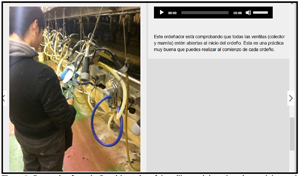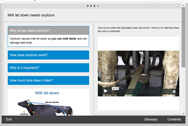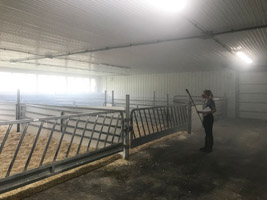
Canton N.Y.; June 9, 2020. The Northern New York Agricultural Development Program (NNYADP) has awarded a grant to Cornell Cooperative Extension Dairy Specialists Lindsay Ferlito and Casey Havekes to assess and troubleshoot barn ventilation systems and their impact on the health of pre-weaned calves on farms in northern New York in 2021. The researchers will demonstrate barn fogging, a process that makes air flow visible as part of calf barn ventilation and calf health workshops on regional farms on July 27 in North Lawrence and July 28 in Carthage. Registration is free, but space is limited. Contact 607-592-0290 or lc636@cornell.edu for details.
This new research in 2021 builds on a series of dairy calf health assessment projects previously funded by the farmer-driven NNYADP:
- An observational baseline study evaluating 437 pre-weaned calves on 29 dairy farms in the region in 2015 indicated a slightly higher rate of respiratory illness than the national average. Research has shown ventilation to be one of the critical factors influencing calf respiratory health.
- An NNYADP-funded follow-up study with 2,408 pre-weaned calves in 2016-2017 highlighted how management practice changes and environmental factors impact calf health on a seasonal basis.
- In 2017 and 2018, Cornell Cooperative Extension and Quality Milk Production Services created the “Calf Health Risk Assessment Tool for Northern New York Dairy Farms” to support development of farm-specific best management practices planning to address key areas of calf health management, particularly during periods of cold winter temperatures. Every farm participating in that project made management adjustments as a result of the research.
- In 2019, the results of the NNYADP calf health project showed calfhood illnesses occurring most frequently at 8 to 31 days of age, with neonatal diarrhea, or scours, as the primary concern, and at 61 to 120 days of age with pneumonia as the primary distress. Participating farms developed or enhanced their protocols for preventing and treating calfhood illness.
- A follow-up study in 2020 identified the pathogenic causes of neonatal diarrhea and the benefit of supportive recovery care with electrolytes and plentiful water access.
Throughout this series of NNYADP-funded research, project leaders have been alert to the role of ventilation, housing, and management in reducing the rate of respiratory illness in calves.
Ferlito notes, “Our work in 2021 involves barn fogging and capturing video to analyze the ventilation efficiency in each barn and to identify any necessary changes to enhance calf health.”
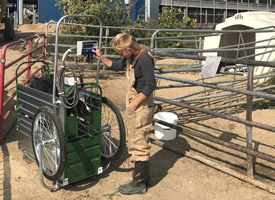
The research team, which includes Cornell University PRO-DAIRY personnel, will deploy data loggers inside and outside barns. Data collection will include calf-level air speed and ammonia concentrations in bedding, monthly calf health scoring and weight gain, and bedding nesting scoring. Each participating farm’s calf management reporting and treatment protocols will be assessed. Final project results and insights will be shared via workshops, and posted on the NNYADP website at https://www.nnyagdev.org. The results of past project work are posted there now.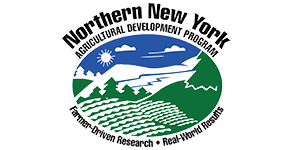 Funding for the Northern New York Agricultural Development Program is supported by the New York State Legislature and administered by the New York State Department of Agriculture and Markets.
Funding for the Northern New York Agricultural Development Program is supported by the New York State Legislature and administered by the New York State Department of Agriculture and Markets.
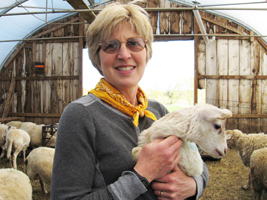
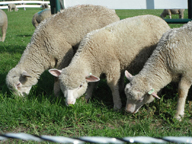 Photo, left: Cornell Cooperative Extension (CCE) livestock specialist Betsy Hodge leads the 2021 NNYADP project evaluating indoor-outdoor summer feeding options to enhance lamb health. Photo, right: The CCE St. Lawrence County Extension Learning Farm in Canton, New York, is hosting Northern New York Agricultural Development Program-funded research evaluating indoor-outdoor summer feeding options for lambs. Photo courtesy of Betsy Hodge.
Photo, left: Cornell Cooperative Extension (CCE) livestock specialist Betsy Hodge leads the 2021 NNYADP project evaluating indoor-outdoor summer feeding options to enhance lamb health. Photo, right: The CCE St. Lawrence County Extension Learning Farm in Canton, New York, is hosting Northern New York Agricultural Development Program-funded research evaluating indoor-outdoor summer feeding options for lambs. Photo courtesy of Betsy Hodge.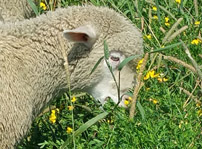
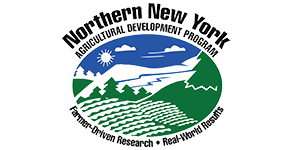

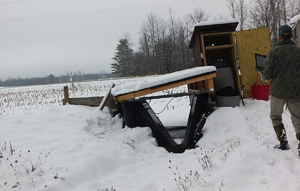
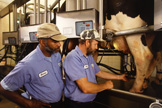
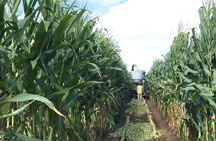
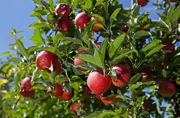

 MAPLE INDUSTRY RESEARCH
MAPLE INDUSTRY RESEARCH